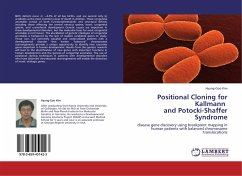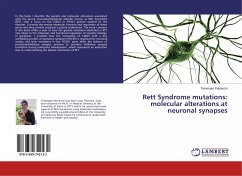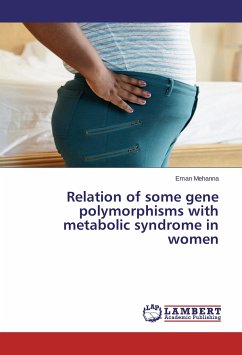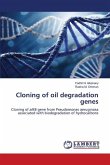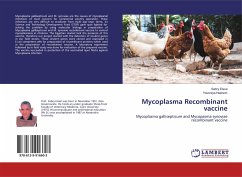Birth defects occur in ~4-5% of all live births, and are second only to accidents as the most common cause of death in children. These congenital anomalies consist of both functional/metabolic and structural defects including those affecting the central nervous system, heart, urogenital system, and craniofacial development. Genetic causes are important in these developmental disorders, but the molecular basis for most congenital anomalies is not known. The elucidation of genetic etiologies of congenital anomalies is hampered by the lack of realistic candidate genes to study. Those rare, but extremely valuable and underutilized patients with a developmental disorder that harbor "balanced" chromosomal rearrangements provide a unique opportunity to identify new causative genes important in human development. Results from this genetic research will lead to the identification of new genes with important functions in human development and the genesis of congenital anomalies. The use ofpositional cloning techniques in patients with developmental disorders who have balanced chromosomal rearrangements will enable the detection of novel, etiologic genes.
